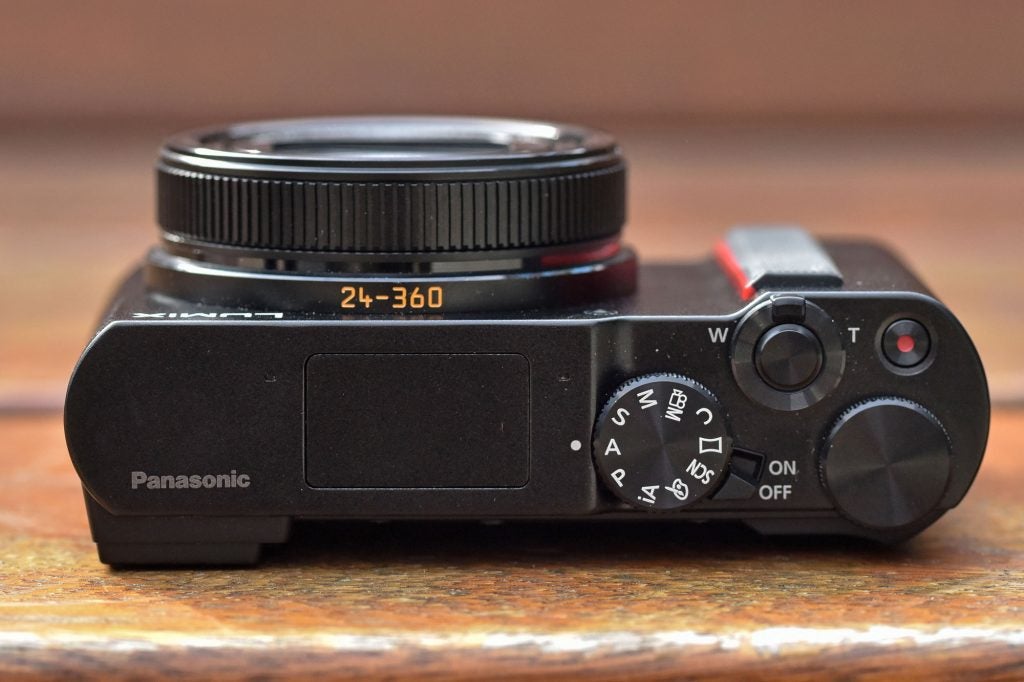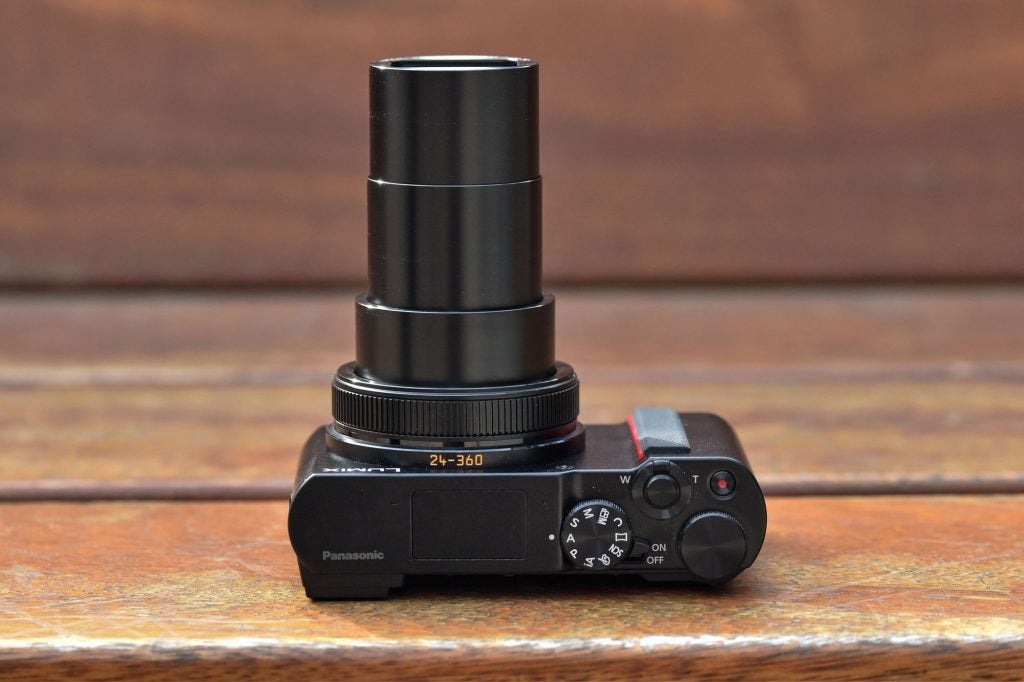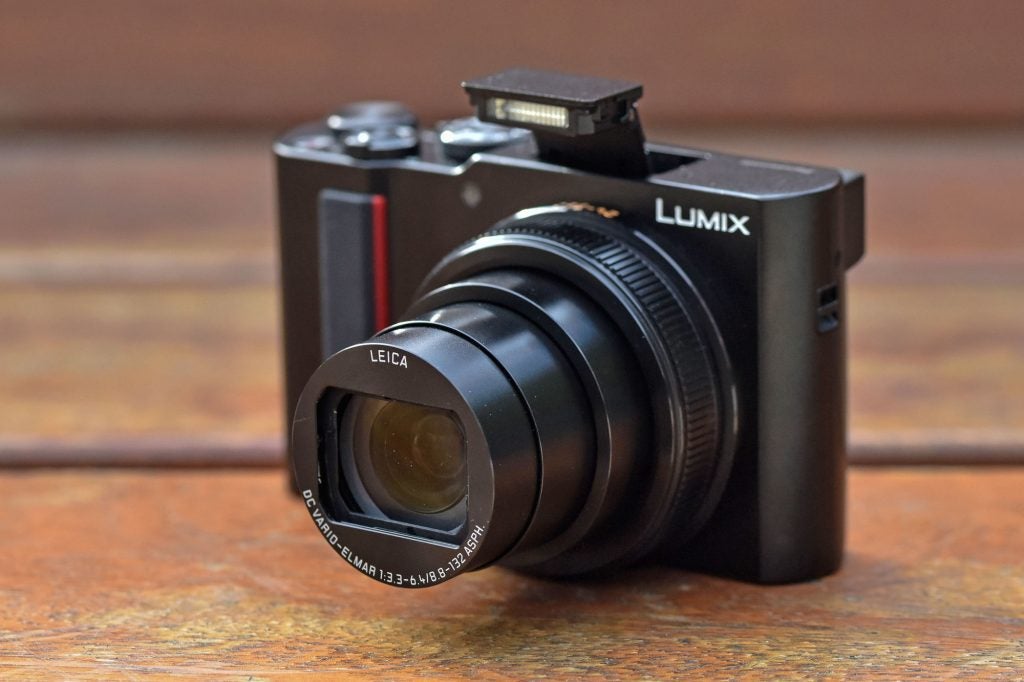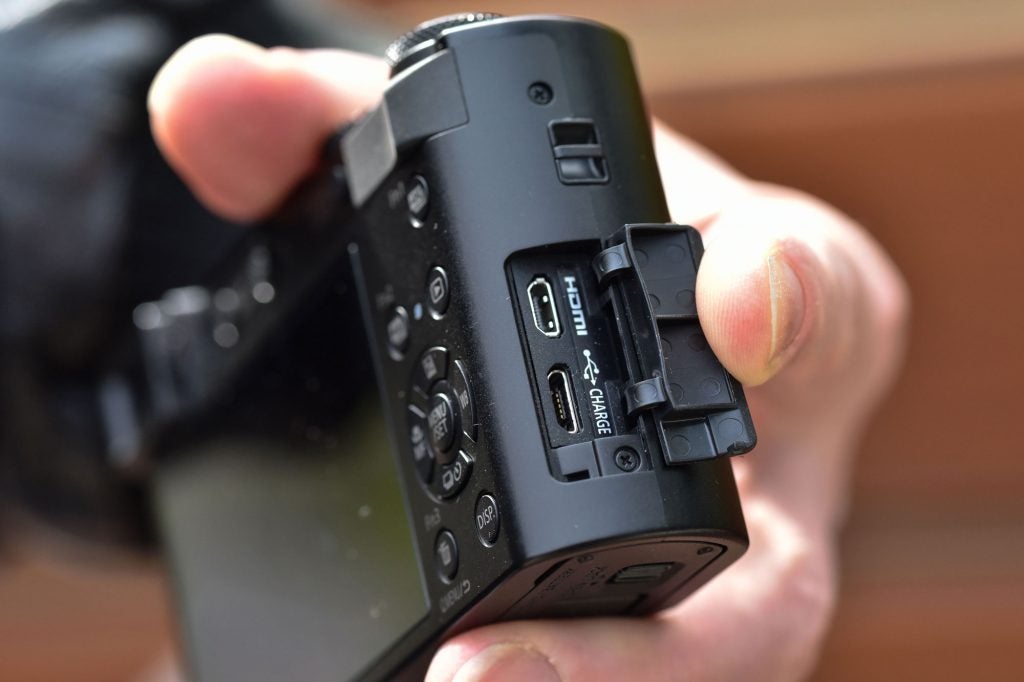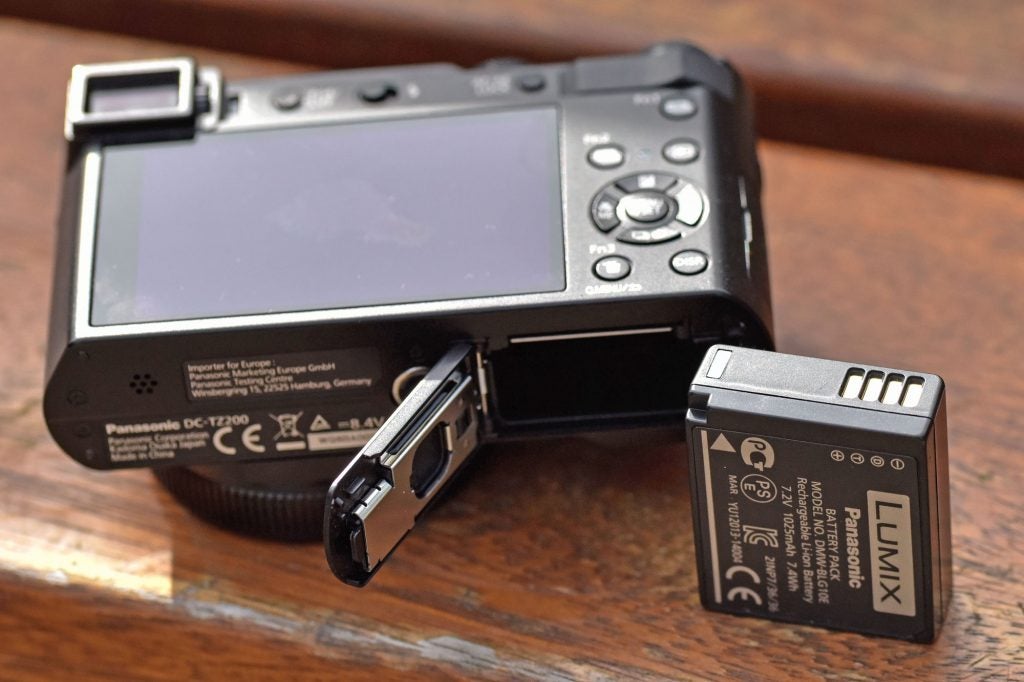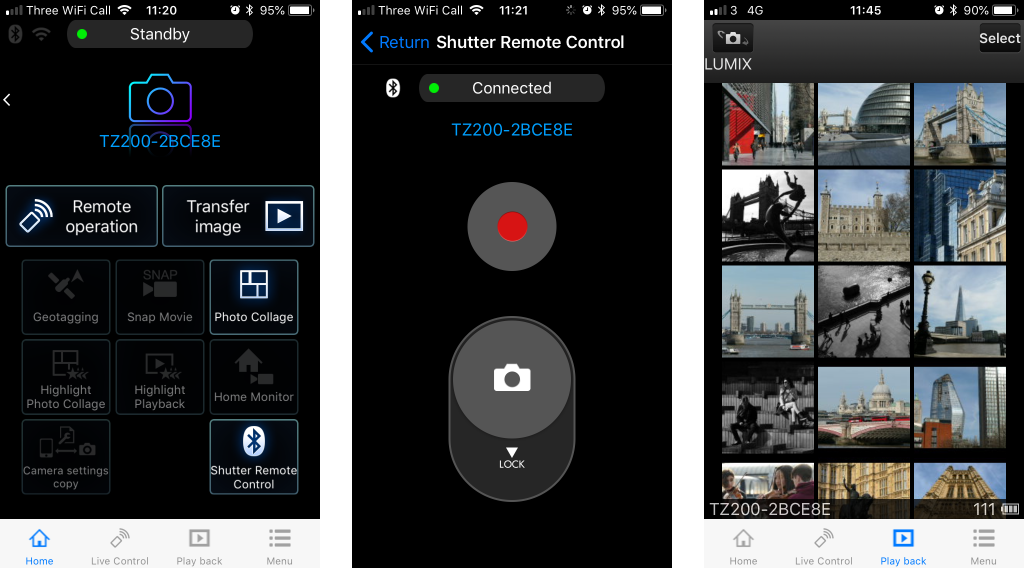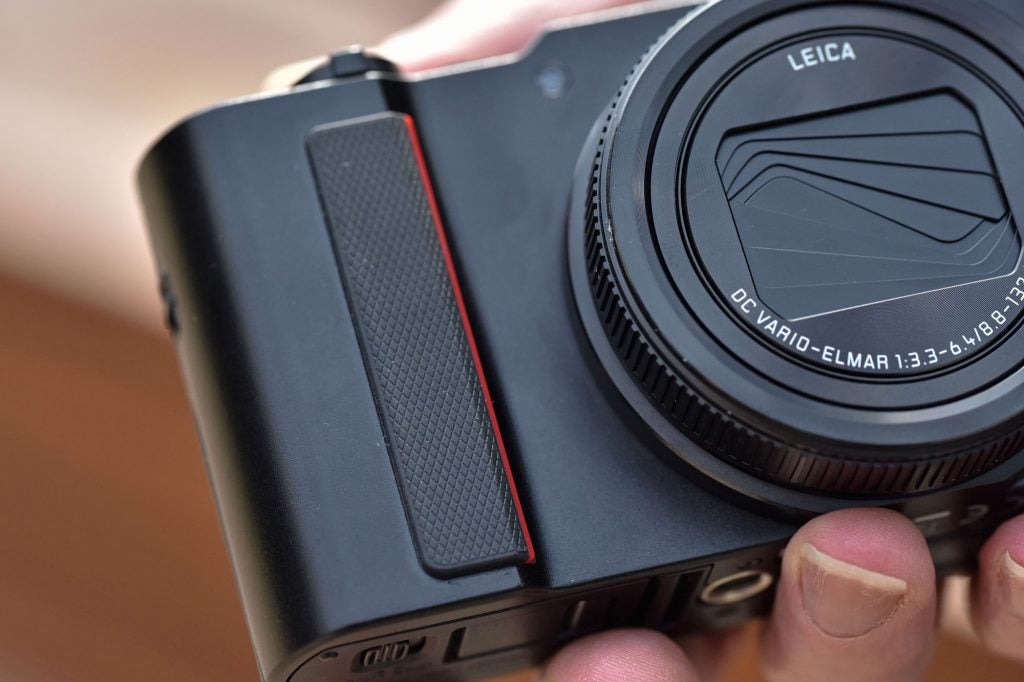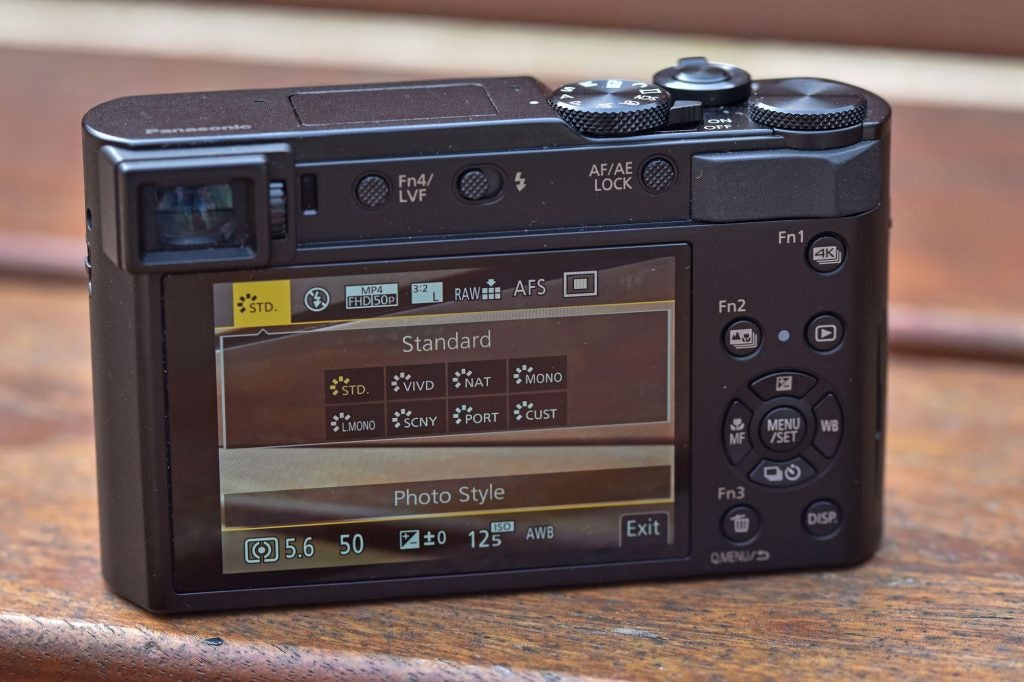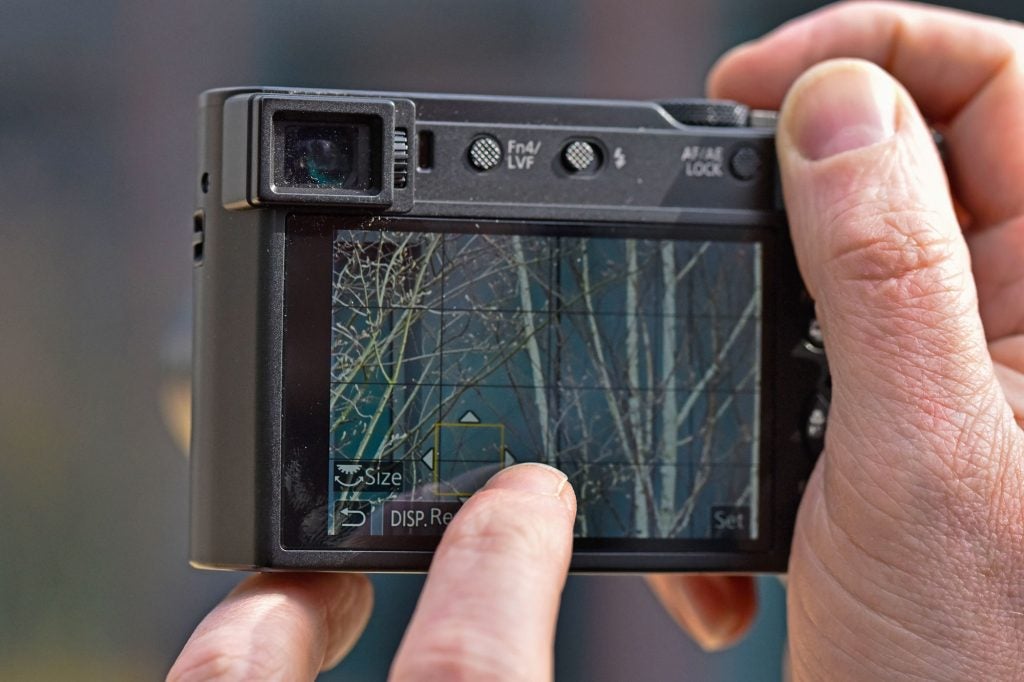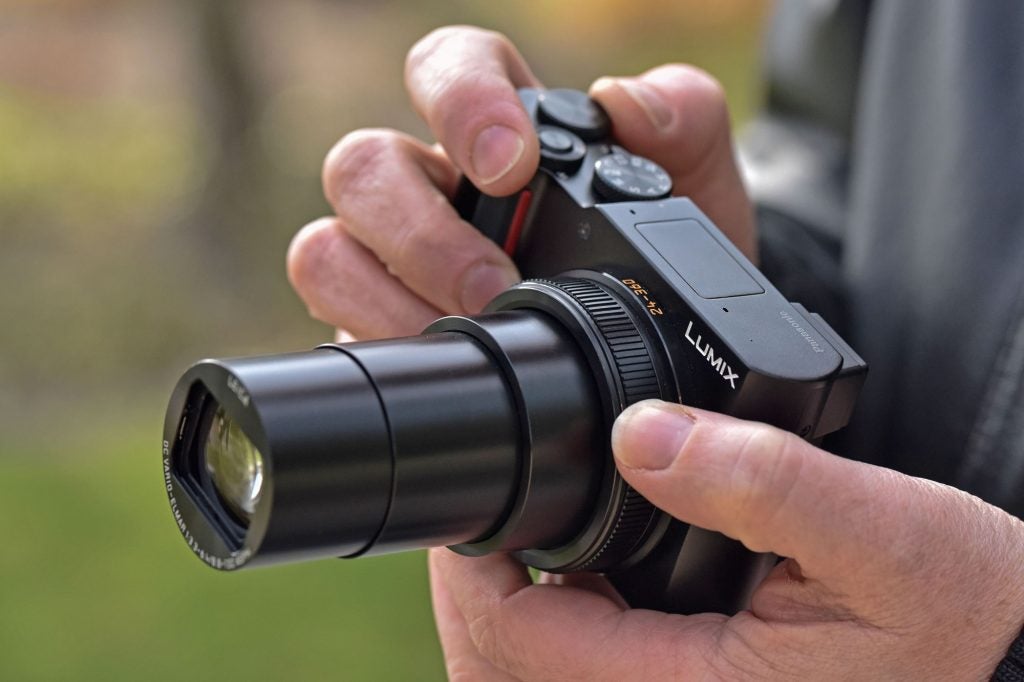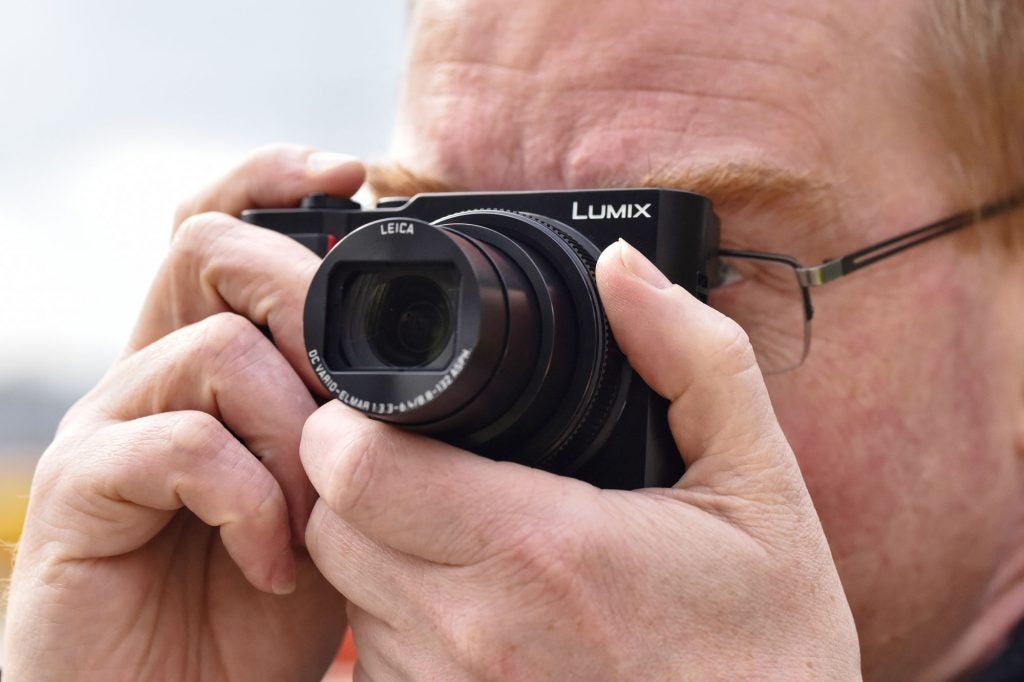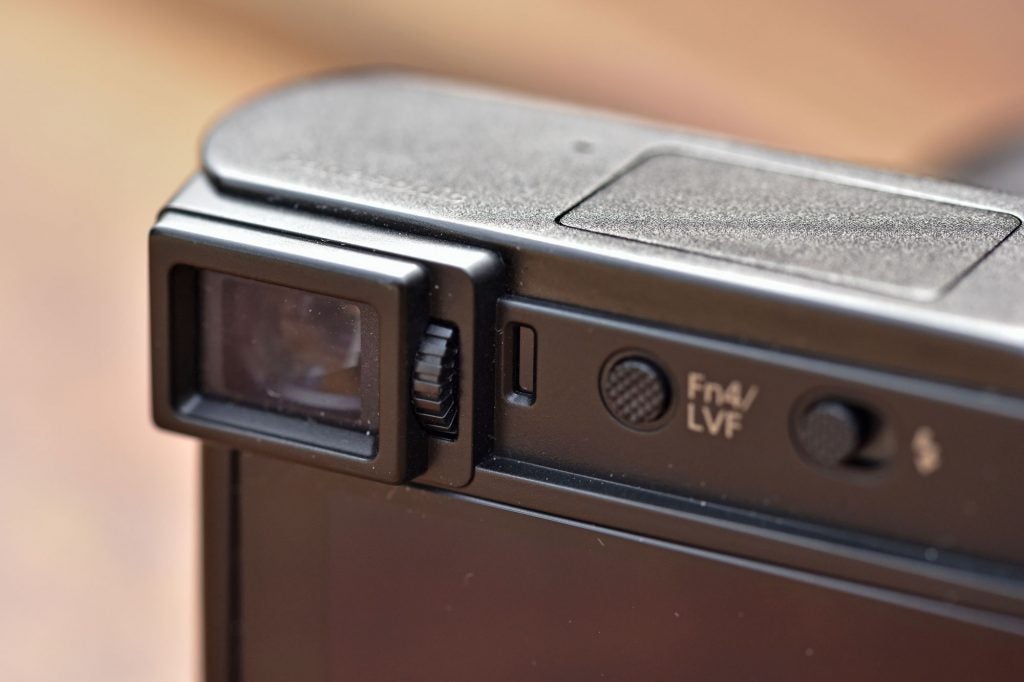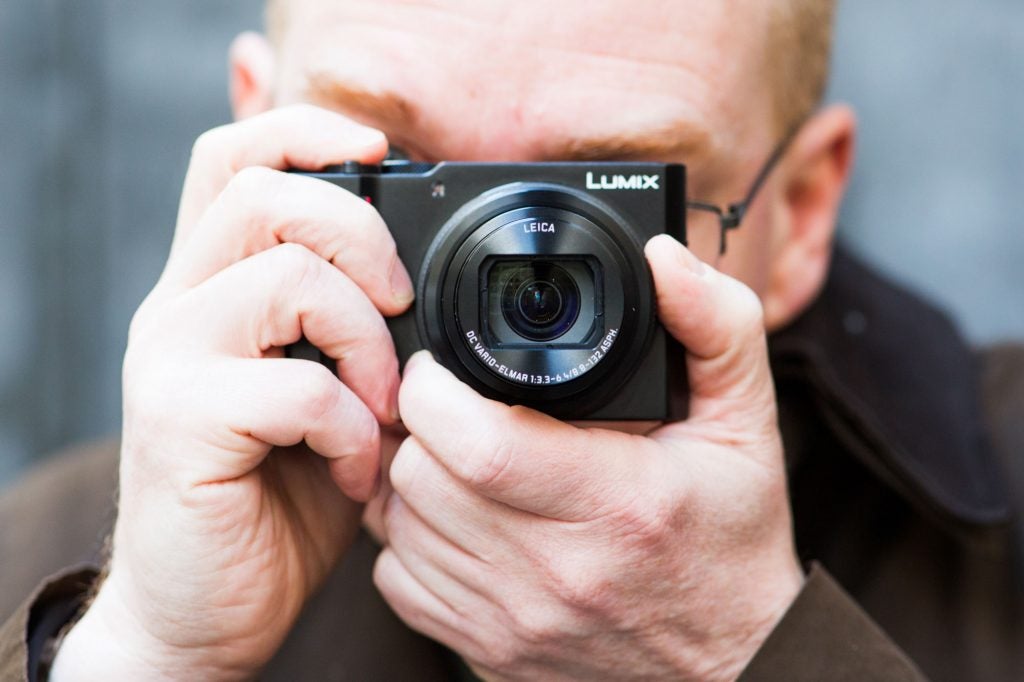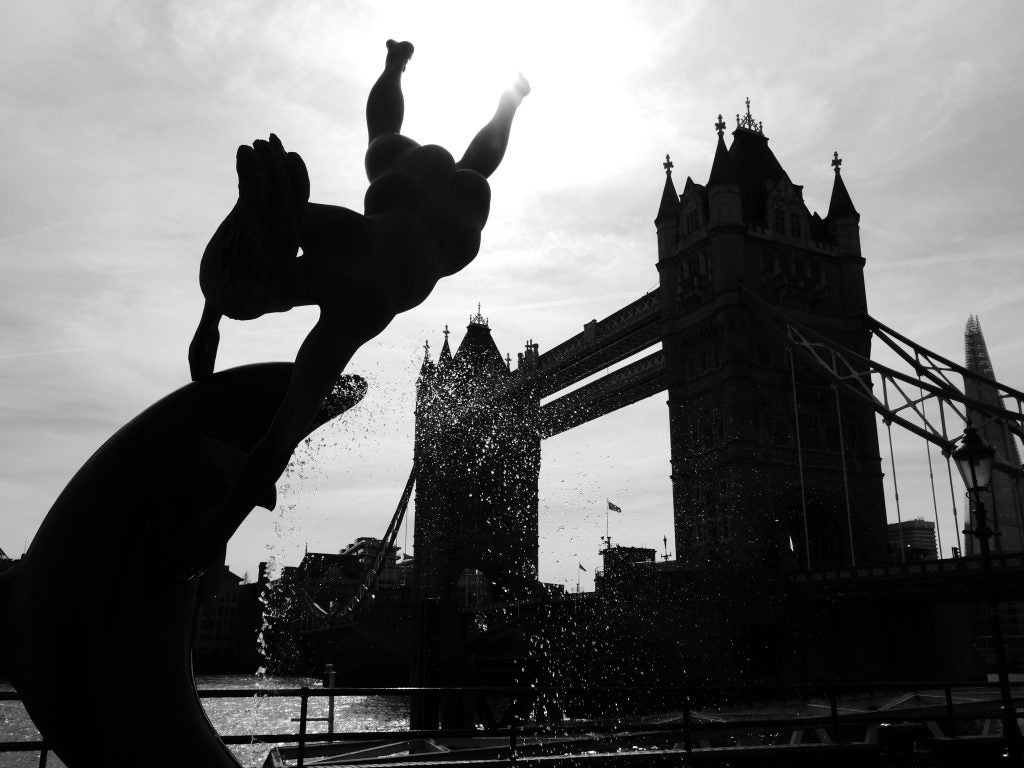Panasonic Lumix TZ200 Review
Panasonic Lumix TZ200 Review
A competent pocket camera
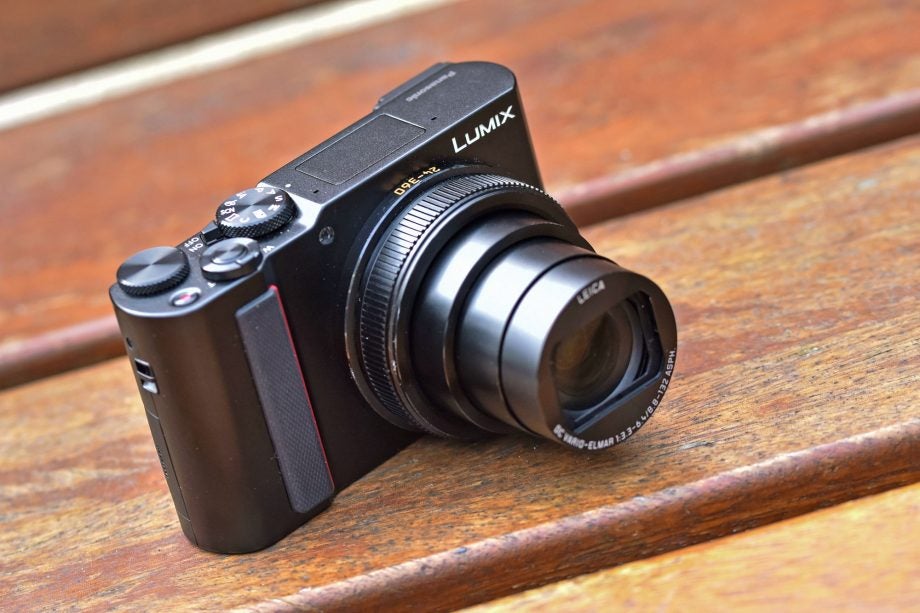
Verdict
Pros
- Great zoom range for such a small camera
- Very respectable image quality
- Good-sized, very usable electronic viewfinder
- Considerably improved grip compared to TZ100
- Effective image stabilisation for low-light shooting
Cons
- Lacklustre out-of-camera JPEG image quality
- Rear LCD screen doesn’t tilt
- Control layout is poor for viewfinder shooting
- Slow maximum-aperture zoom is noticeably soft at telephoto
Key Specifications
- 20.1-million-pixel, 1-inch sensor
- 24-360mm equiv. f/3.3-6.4 lens
- 2.33m-dot LCD viewfinder
- 1.24m-dot 3-inch touchscreen
- 4K video recording
- Bluetooth and Wi-Fi connectivity
What is the Panasonic Lumix TZ200?
The Panasonic TZ200 is a pocket-sized travel zoom camera, with a 15x zoom and a 1-inch, 20-megapixel sensor for class-leading image quality. Available in black or gunmetal grey, it costs £729.
Panasonic originally invented the ‘travel zoom’ camera class by combining a long zoom lens with a pocketable body. Two years ago, it revolutionised the category with its Lumix TZ100, which used a relatively large 20.1-megapixel 1in sensor for vastly improved image quality. Alongside it featured a 10x zoom lens and a small electronic viewfinder.
Now the firm has taken the concept up another notch, by squeezing in two major upgrades without noticeably increasing the size. First is the lens, which is now a 15x, 24-360mm equivalent zoom in place of the TZ100’s 25-250mm. Second is a vastly improved electronic viewfinder, which in contrast to the TZ100’s is good enough to use routinely.
Related: Best DSLR cameras
With these updates, the price sees a considerable hike too: up to £729 compared to around £510 for the TZ100 (which will remain on sale). While the TZ200 is far from being the most expensive compact camera on the market, with the Sony Cyber-shot RX100 V costing £849 and the Canon PowerShot G1 X Mark III a whopping £1089, this still feels like a lot of money for this kind of camera.
Lumix TZ200 – Features
The TZ200’s headline feature is its 24-360mm lens, which is easily the longest on any pocket camera with a 1in sensor. Its extended reach has been made possible by the adoption of a completely new 13-element, 11-group optical design, and brings the TZ200 somewhat closer to the zoom ranges offered by cheaper long-zoom compacts with smaller sensors and inferior image quality.
Related: Best compact cameras
In return, the maximum aperture has dropped, but only by about half a stop to f/3.3-6.4 (from f/2.8-5.9). The minimum aperture at all focal lengths is f/8, which is perfectly sensible to avoid excessive diffraction softening with a 1in sensor. However, this means you have precious little adjustment range at the long end of the zoom.
Naturally, optical image stabilisation is built-in, which goes a long way towards making this small-aperture superzoom usable without always having to raise the ISO to avoid blur form camera-shake. To further cement the camera’s credentials as an all-rounder, the lens is capable of focusing on subjects just 3cm from the front element, although only when it’s set to the wide-angle position.
Images are recorded using a 20.1-megapixel 1in sensor, similar to those used in most enthusiast compact cameras these days. It supports a standard sensitivity range of ISO 200-25,600, which is expandable to ISO 80-25,600. Images can be shot at up to 10 frames per second at full resolution, or 7fps with Live view between frames. I was able to shoot 20 raw images before the camera slowed down, and at least 50 JPEGs, which is a good showing for a pocket camera.
Panasonic’s handy 4K Photo mode is also onboard, which uses video technology to record 8-megapixel images at 30fps without instantly filling up your memory card. The camera can even suggest the best shots in a burst, and generate composites in-camera from several selected frames.
Indeed, Panasonic has crammed in a huge selection of modes and features for users at every skill level. In addition to the PASM modes favoured by enthusiasts, there’s Panasonic’s point-and-shoot Intelligent Auto mode for casual users, an auto-stitching panorama mode, an array of subject-specific scene modes, and Creative Control image-processing filters.
In addition, delve into the menus and you’ll find an intervalometer for time-lapse shooting, together with modes for multiple-exposure shooting and even stop-motion animation. There’s barely anything the TZ200 won’t do.
Photographers who like to shoot in-camera black and white will be pleased by the inclusion of Panasonic’s attractive L.Monochrome mode. It’s specifically designed for rich gradation and strong blacks, to give a look that’s designed to resemble classic monochrome film.
For those who prefer to manipulate their images after shooting them, in-camera raw conversion is available so you can tweak your images without having to get to a computer.
In terms of power, the DMW-BLG10 battery is rated for 370 images when shooting with the LCD, or 250 images with the electronic viewfinder. Engaging Eco mode extends the latter to 350 images. USB charging is built in, so the camera can be kept topped-up using a portable power bank. This is hugely convenient when you’re travelling and exploring a new city.
When it comes to sharing images, Panasonic has added Bluetooth to provide a full-time connection to your smartphone, complementing the existing Wi-Fi system that was in the TZ100. This works with the free Panasonic Image App for Android or iOS devices.
While some other manufacturers don’t do very much with Bluetooth, Panasonic implements it pretty well. For example, you can use your smartphone as a basic remote shutter release, which is great for when you’re shooting on a tripod.
You can also use the Bluetooth connection to fire up the Wi-Fi for browsing through your images, even if the camera is switched off. So you don’t even have to take the TZ200 out of your bag or pocket to copy and share the images you’ve taken.
Like other Panasonic models, the TZ200 can record 4K video (3840 x 2160 pixels) at 30fps. Alternatively, you can shoot in Full HD, including 120fps slow-motion recording. Both resolutions come with field-of-view crops, of 1.2x for Full HD and 1.4x for 4K. It’s therefore wise to use the dedicated movie position on the exposure mode dial, since this previews the framing you’ll be getting before you start recording.
It’s possible to extract 8-megapixel stills from 4K footage, but you’ll get better results from the 4K Photo mode.

8-megapixel still frame extracted from TZ200 4K video file
You get full manual control over exposure if you want it, and can change exposure settings or pull focus from one subject to another using the touchscreen while recording. Built-in stereo microphones provide the sound, but as usual for this kind of small camera, there’s no option to plug in an external mic.
Panasonic TZ200 – Build and handling
In terms of design the TZ200 is near-identical to its predecessor, with a solid-feeling metal body shell providing a feel of real quality. One very welcome update is the addition of a textured, rubberised strip on the front of the handgrip, along with a small rubber thumbpad on the back.
Unlike the slippery-as-soap TZ100, the new model feels secure in your grasp, even if you shoot one-handed. I’d still recommend using a wriststrap, though, as you don’t want to risk dropping a £729 camera.
The control layout is essentially the same too, with a large, smoothly rotating control ring around the lens and a second dial on the top-plate for changing exposure settings. However, out of the box, the logic behind the set up of the dials is somewhat incoherent.
The top dial changes exposure settings in the PASM modes, but image-processing settings in the Creative Control and panorama modes, while in the iA or SCN modes it does nothing at all. Most of the time, the lens ring does exactly the same thing, but in iA it becomes a stepped zoom control. But you can customise the function of both dials, if you prefer.
An array of buttons on the rear of the camera provides access to exposure compensation, white balance, drive mode, focus mode, and Panasonic’s 4K Photo and 4K Post Focus mode.
All of the buttons are very small, and the latter two are completely flush to the body. While you’re less likely to press them by accident, this also makes them difficult to find when you’re using the viewfinder. Oddly, there’s no ISO button to be found; presumably, you’re supposed to leave the camera set to Auto ISO all the time.
By default the zoom is operated using a conventional lever around the shutter button, but it turns out to be rather twitchy, with a small movement causing the zoom to jump substantially. This can make it difficult to set precise composition.
One workaround is to assign zoom to the lens ring, which provides much more nuanced control. This might sound like you’re wasting a control point, but the lens ring spends so much time otherwise merely replicating the top dial, that it’s no great loss.
To select the autofocus point you’re expected to use the touchscreen; this includes times that you’re shooting with the viewfinder. This should work perfectly well for most users, unless – like me – you happen to be left-eye dominant. In this case you’ll probably end up with the focus area jumping around whenever your nose contacts the screen.
You can turn off the touchpad AF, but then you end up with no quick way of setting the focus point when using the viewfinder.
To get around this, I reconfigured the Fn 2 button below the thumb-grip to ‘Focus Area Set’ instead of its usual 4K Post Focus mode (which I have no use for anyway). But even this isn’t totally satisfactory, given that this button is rather difficult to locate by touch.
Overall, the TZ200 works okay if you think of it as a point-and-shoot that offers full manual override when you need it. But it’s pretty clunky if you like to experiment with your settings on a shot-by-shot basis.
Indeed, compared to a really well-set-up camera such as the Canon PowerShot G1 X Mark III, it’s downright slow and annoying to shoot with, especially when using the viewfinder. To be fair, with this camera your main creative settings are zoom and exposure compensation, both of which are easy to enough to change.
Lumix TZ200 – Viewfinder and screen
One of the TZ200’s key improvements is its larger and much higher-resolution 2.33m-dot electronic viewfinder, which provides 0.53x equivalent magnification. This still isn’t huge compared to most other cameras, but it’s vastly better than the TZ100’s ‘postage stamp at the end of a tunnel’ 1.16m-dot, 0.46x version.
It’s smaller than the 2.36m-dot EVF used by Sony in its RX100 V pocket camera, but has the considerable advantage that you don’t have to pop it up every time you want to use it.
The viewfinder’s LCD uses a field-sequential design that displays red, green and blue images in rapid succession to trick the eye into seeing a full-colour image. Older versions of this technology could be disconcerting, giving primary-coloured ‘tearing’ artefacts when panning the camera, but the TZ200’s refresh rate is high enough for this effect to be practically invisible except in extreme situations. As a result, I was quite happy to shoot with the EVF as a matter of course.
A sensor beside the eyepiece enables automatic switchover from the LCD to the EVF when you lift up the camera to your eye – and, unlike many other cameras, its sensitivity is pretty much perfectly judged, so the screen doesn’t switch off annoyingly when you don’t want it to.
On the rear you’ll find a 1.24m-dot 3in touchscreen, which can be used for changing settings and browsing through your images. It’s very good indeed: it’s bright, detailed and colour-accurate, with superb touch response.
As with the TZ100, the screen is fixed in place to keep the size of the camera down. I’d have loved Panasonic to have made it tilt up and down, since this would let you hold the camera more steadily and also shoot more discreetly. But equally, I can understand the firm’s thinking of wanting to keep the camera as slimline and pocketable as possible.
Panasonic Lumix TZ200 – Autofocus
Like other Panasonic cameras, the TZ200 employs the firm’s Depth from Defocus system, which uses knowledge of the lens’ out-of-focus characteristics to enable rapid autofocus.
There’s a huge array of focus modes to choose from. You can select the AF area yourself or let the camera choose the subject automatically, including with face and eye-detection, and you can get the camera to track a subject as it moves around the frame. Switch to macro mode and the camera will focus just 1cm away from the front of the lens, when set to wide-angle.
On the whole the AF works exceptionally well, and in good light focusing is instantaneous, making the TZ200 great for quick shots. It continues to work remarkably well in low light conditions, too, where other cameras can sometimes struggle.
The TZ200 can even make a decent attempt at tracking a moving subject and re-adjusting focus while shooting at 7fps. It isn’t going to match a DSLR, of course, but the only pocket camera likely to do better is the Sony RX100 V – but its 24-70mm equivalent zoom is pretty useless for action work.
If you need to use manual focus, the TZ200 is well set-up too. Switch to MF and the lens ring is used for focusing: rotating it brings up a magnified view, selectable from 3x to 10x using the top dial.
Having a completely usable EVF is a big advantage here, making it much easier to judge accurate focus. Alternatively, you can enable a peaking display with a choice of colours and strengths. To be honest, I barely found any need to use manual focus – the AF is so reliable – but it’s always good to have the option.
Panasonic Lumix TZ200 – Performance
We’ve become used to Lumix cameras being quick and responsive, and the TZ200 doesn’t disappoint. Indeed, in pretty much every aspect of its operation it works really well.
Crucially, for a travel camera that’s likely to get handed to non-expert users, I found it to be super-reliable when shooting in its fully automatic iA mode; it consistently achieved sharp, well-exposed images. About the only time when it perceptibly slows down is when you switch to some of the more processor-intensive Creative Control filters.
On the whole image quality is pretty good, especially when shooting in the daytime. Naturally, there are some compromises to be made with that huge zoom range, with images being noticeably less-detailed towards the long end of the lens. However, they’ll still look fine at smaller print or display sizes.
Browsing through my images confirmed that the metering generally worked well, and I rarely had to apply exposure compensation except for creative purposes – for example, to make night-time shoots look dark.
Out-of-camera JPEGs show accurate and vibrant colours in sunny conditions, but in stereotypical Panasonic fashion, the camera can struggle with auto white balance, with slight colour casts resulting in less-attractive images compared to other brands.
Unfortunately, the TZ200 doesn’t appear to benefit from the improved colour science Panasonic has introduced in its latest mirrorless models such as the GX9. This means that, on the whole, you’ll get noticeably better results from post-processing raw files.
However, I was very pleased with the TZ200’s output when shooting monochrome. Indeed, with the L.Monochrome Photo Style in PASM modes, and several creative filters including the high-contrast Dynamic Monochrome, the camera gives a decent choice of looks for black-and-white shooting – a bit like having multiple film stocks at your disposal.
Panasonic TZ200 – Image quality
With the TZ200 essentially using the same sensor as the TZ100 before it (and, indeed, many other enthusiast compacts), its image quality is pretty predictable. It gives very good results at low ISO, but quickly starts to show the effects of noise as the sensitivity is raised.
Panasonic’s JPEG output is very good at retaining colour, but smears away fine detail from ISO 800 and above, making this a camera that benefits greatly from shooting in raw if maximum detail is desired. This is compounded by the small-aperture zoom, which means you have to engage higher ISOs more quickly in marginal light.
Panasonic TZ200 – Resolution
Panasonic’s JPEG processing aims to eliminate any image-sampling artefacts, resulting in little more than 3000 lines per picture height at ISO 125. Looking at processed raw reveals the reason, with considerable false-colour and aliasing appearing at frequencies finer than 3200 l/ph, betraying the lack of an optical low-pass filter.
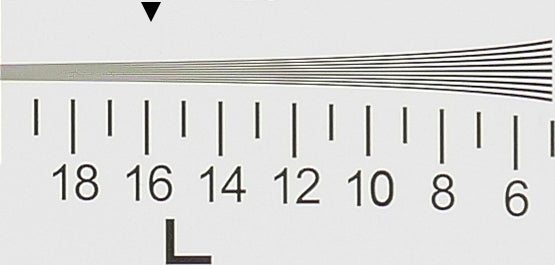
Panasonic TZ200, resolution, JPEG ISO 125
These effects are swamped by noise at ISO 800, where the resolution drops below 3000 l/ph. At higher settings it decreases monotonously. Our tests were shot at the lens’ sweet spot, around 50mm equivalent and f/4.4. At longer settings and smaller apertures you’ll see lower resolution.
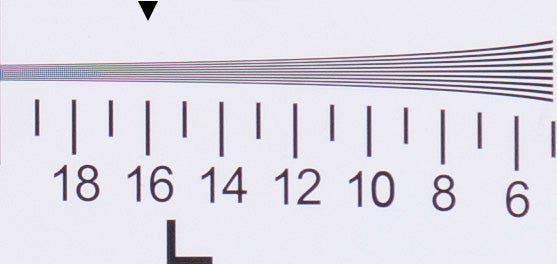
Panasonic TZ200, resolution, raw ISO 125
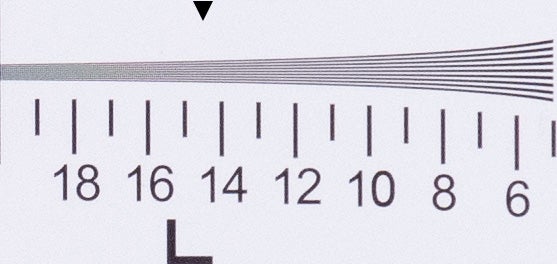
Panasonic TZ200, resolution, raw ISO 800
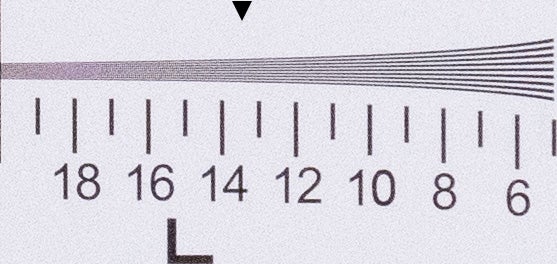
Panasonic TZ200, resolution, raw ISO 3200
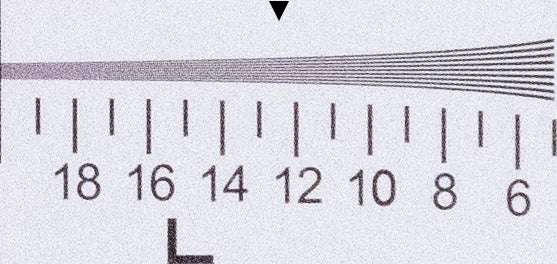
Panasonic TZ200, resolution, raw ISO 6400
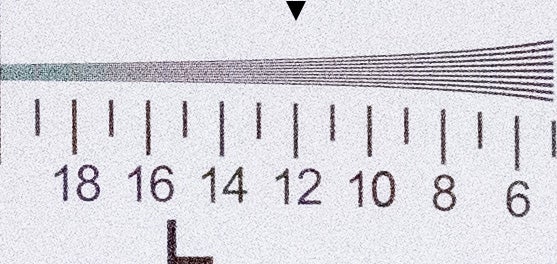
Panasonic TZ200, resolution, raw ISO 12800
Panasonic TZ200 – ISO and noise
Looking at raw files processed using Adobe Camera Raw, the TZ200 gives excellent results at low ISO settings, rendering plenty of fine detail. Speckles of luminance noise become obvious at ISO 400 when viewing at the pixel level, but this is unlikely to show up in prints.
By the time you reach ISO 1600, however, image quality has decreased substantially, with colour desaturating and fine detail becoming swamped by noise. ISO 3200 is probably the highest setting I’d willingly use.
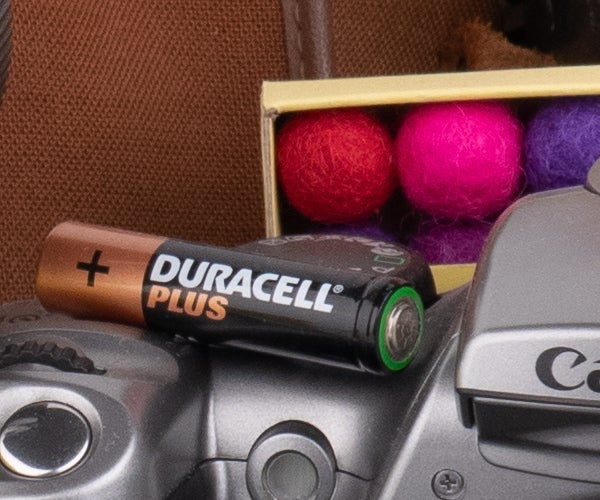
Panasonic TZ200, noise, raw ISO 125
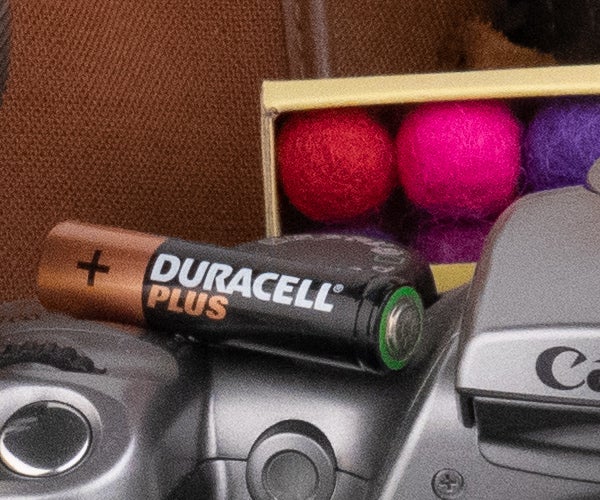
Panasonic TZ200, noise, raw ISO 800
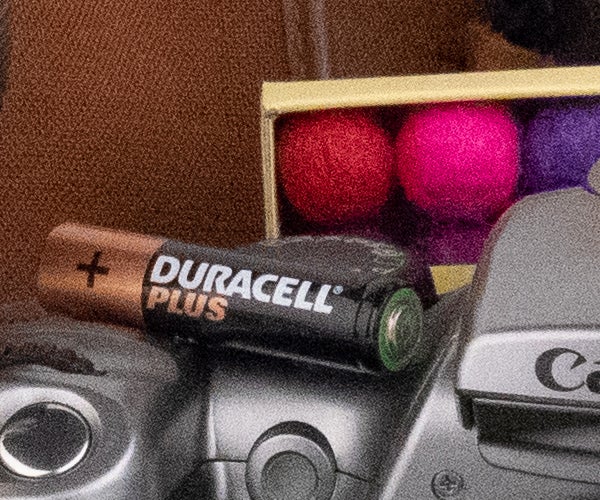
Panasonic TZ200, noise, raw ISO 3200
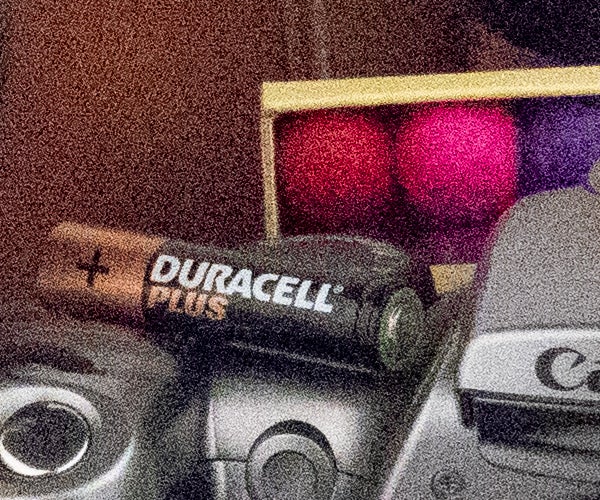
Panasonic TZ200, noise, raw ISO 12800
Panasonic’s JPG processing aggressively smears away noise but does a good job of retaining colour – which looks poor close-up on-screen, but makes more sense for sharing images via social media or making small prints.
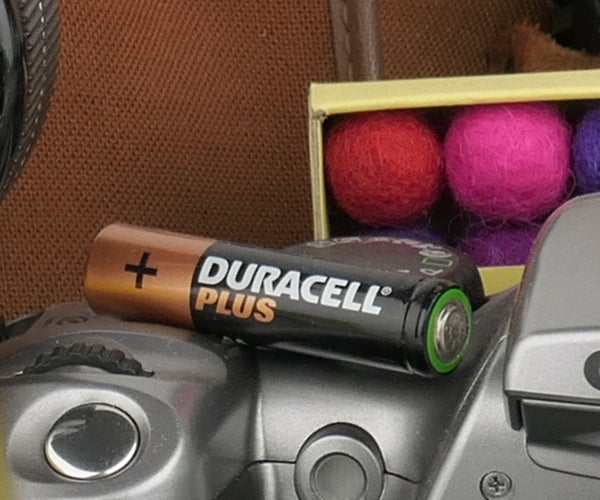
Panasonic TZ200, noise, JPEG ISO 125
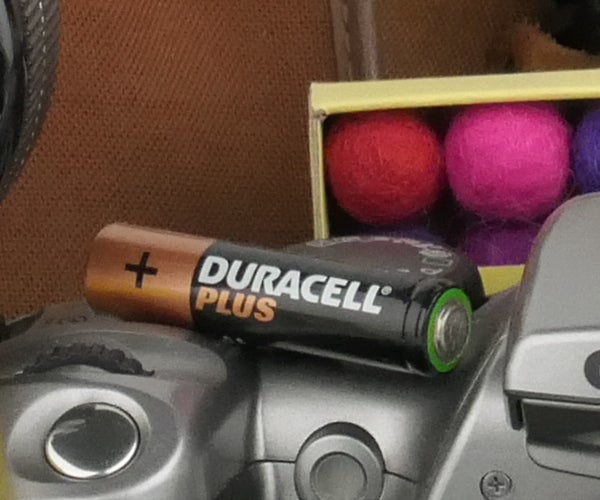
Panasonic TZ200, noise, JPEG ISO 800
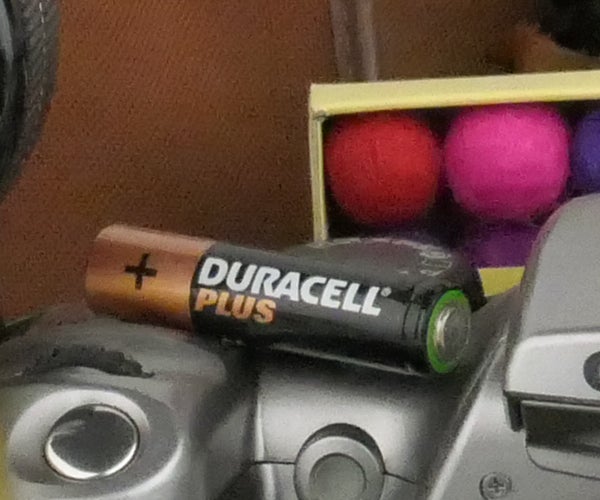
Panasonic TZ200, noise, JPEG ISO 3200
Why buy the Panasonic Lumix TZ200?
If you want a pocketable camera with a long zoom range and decent image quality then the Lumix TZ200 is the best you can buy right now. It takes the TZ100’s successful template and improves it in several key ways, most importantly the larger, clearer viewfinder, longer zoom range, and much-improved handgrip. If you can stomach the £729 price tag, it’s one of the finest travel cameras available.
It’s crucial to appreciate that the TZ200 isn’t a direct competitor for ‘enthusiast compacts’ with short zooms and large maximum apertures, exemplified Sony’s RX100 series. These promise better low-light performance, along with the ability to take a degree of control over depth of field.
The TZ200 is a rather different tool, in that its creative potential is offered mainly by that long zoom lens – you’ll get precious little in terms of background blur. Its clunky control layout doesn’t really encourage experimentation with exposure settings, either.
Despite the compromises inherent to its long-zoom design, the TZ200 generally delivers pleasing images, especially if you mainly shoot during the hours of daylight. But it also offers useful low-light capability, thanks to its effective image stabilisation.
However, its JPEG output is a little insipid, and images will usually benefit from colour and saturation adjustments before sharing; you’ll almost always get best results from processing raw.
Verdict
The Panasonic Lumix TZ200 is a great pocket camera, which can shoot almost anything pretty competently.
Trusted Score
Features
| Megapixels (Megapixel) | 20.1MP |
| Optical Zoom (Times) | 15x |
| Image Sensor | 20.1MP 1in CMOS |
| Optical focal length | 24-360mm equiv |
| LCD Monitor | 1.24m-dot 3in touchscreen |
| Viewfinder | 2.33m-dot LCD EVF |
| Video (max res/format) | 4K (3840x2160px) 30P |
| Memory card slot | SD, SDHC, SDXC |
| Charger supplied | USB charge |

